91 pages • 3 hours read
Leo TolstoyAnna Karenina
Fiction | Novel | Adult | Published in 1879A modern alternative to SparkNotes and CliffsNotes, SuperSummary offers high-quality Study Guides with detailed chapter summaries and analysis of major themes, characters, and more.
Themes
Marriage, Family, and Gender Roles
Anna Karenina is perhaps most famous for its opening line: “All happy families are alike, each unhappy family is unhappy in its own way” (1). The work opens with Stiva and Dolly’s marriage in such disarray even their servants are weighing in, and some have quit in protest. Dolly frequently contemplates leaving her husband, but recognizes her financial dependence and logistical obstacles: Her parents are her only possible refuge, and she has many children. But, Tolstoy notes, “deceiving herself, she kept choosing things and pretending she was going to leave” (10). Anna reconciles the pair, assuring Dolly her brother is contrite. But, even before this, Dolly herself knows she has little power to truly alter her life. Though unhappily married, Anna emerges as a savior of domesticity, and the friendship between the two women that emerges from this moment remains deeply significant for both. Dolly is somewhat haunted and embittered by the infidelity, while Stiva is perpetually cheerful. The dynamic between them emphasizes Dolly’s dependence: She cannot even be certain her children will have winter coats because of her husband’s debts and profligate spending.
Anna initially views her pursuit of Vronsky as a kind of freedom, even as she understands how precarious it will make her life.
Related Titles
By Leo Tolstoy
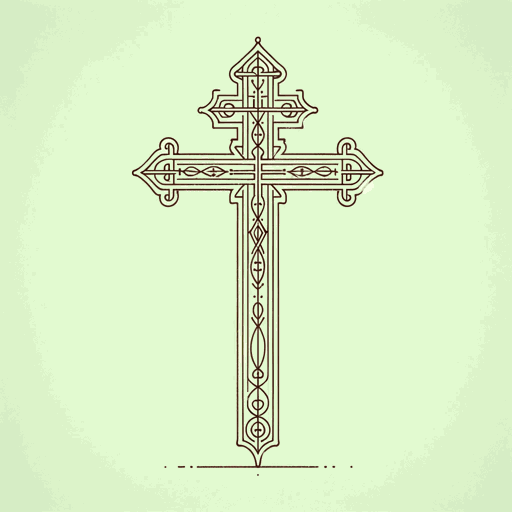
A Confession
Leo Tolstoy
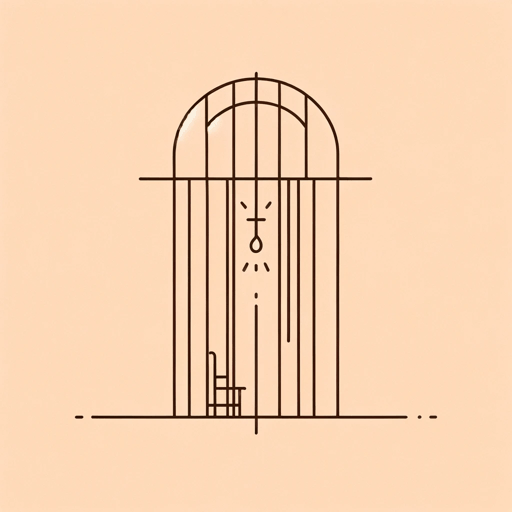
God Sees the Truth, but Waits
Leo Tolstoy

Hadji Murat
Leo Tolstoy
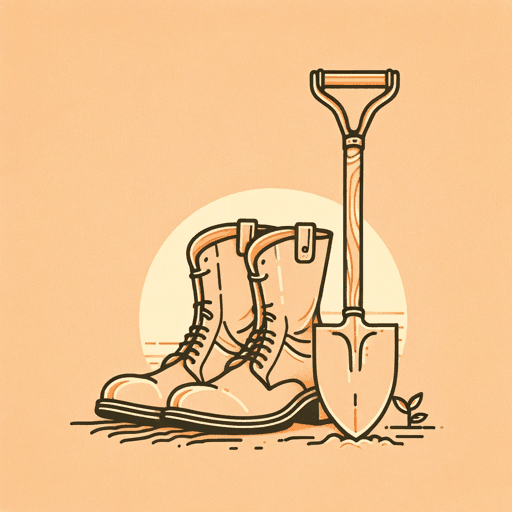
How Much Land Does a Man Need
Leo Tolstoy

Master and Man
Leo Tolstoy

The Cossacks
Leo Tolstoy

The Death of Ivan Ilyich
Leo Tolstoy

The Kreutzer Sonata
Leo Tolstoy
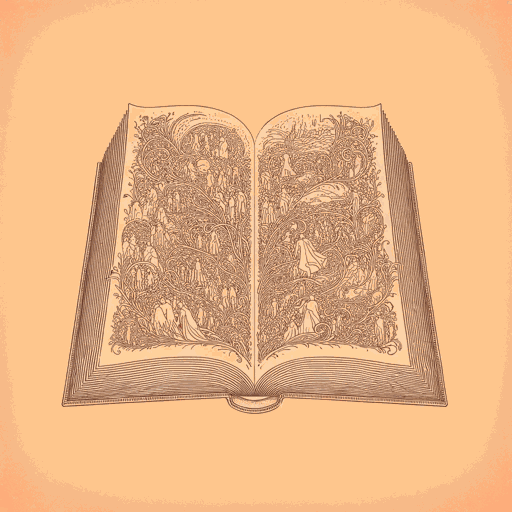
War and Peace
Leo Tolstoy
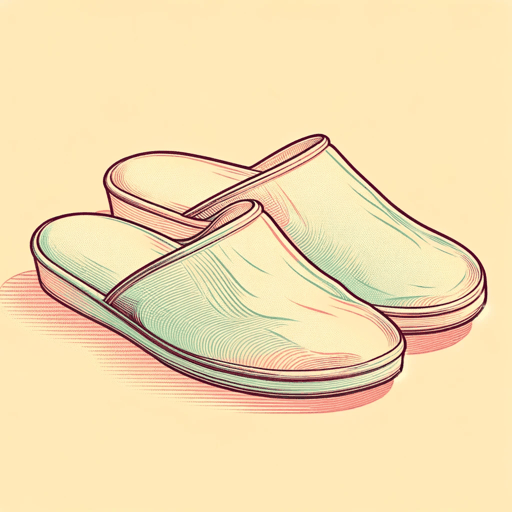
What Men Live By
Leo Tolstoy

